Ever found yourself hesitating to ask a guest to remove their shoes, only to be told by someone, like your mother-in-law, that you’re being discourteous? You’re not alone! It’s a surprisingly polarizing topic that touches on cleanliness, cultural customs, and hosting etiquette. So, is it really rude to request this, or is it simply a matter of personal preference?
Understanding the Cultural Context of Shoe Removal

One of the biggest factors shaping opinions on this issue is culture. In many Asian and Scandinavian households, removing shoes is not just polite—it’s a must. It’s seen as a sign of respect and a way to keep homes clean and sacred. On the other hand, many Western cultures don’t place as much emphasis on this practice. Guests often keep their shoes on indoors, and requesting otherwise might be considered unusual.
Does this mean you shouldn’t ask guests to remove their shoes if it’s part of your household tradition? Absolutely not! The key is recognizing that cultural norms differ. Being aware of these differences can help you approach the topic in a way that’s both respectful and confident.
Health and Hygiene: The Case for Bare Floors
If you’ve ever looked at the bottom of a pair of shoes after a long day, you already know they’re not exactly clean. Shoes can track in dirt, bacteria, and allergens that could easily spread around your home. For families with small kids crawling on the floor or those with allergies, maintaining a shoe-free home can be a lifesaver.
Think about it: would you want the same shoes that trudged through public bathrooms or muddy sidewalks to stomp across your living room carpet? Probably not. Explaining this perspective to your guests can make your request feel less like an arbitrary rule and more like a thoughtful choice for the health of everyone in the household.
Does Hosting Etiquette Really Say No to Shoe Removal?
Traditional hosting etiquette often emphasizes guest comfort, suggesting that making guests feel at home should be your top priority. But modern etiquette acknowledges that it’s equally important to respect the host’s rules. After all, it’s your home, and you’re entitled to set boundaries.
The trick is finding a balance. Yes, you want your guests to feel comfortable, but you also want to feel comfortable in your own space. Asking guests to remove their shoes doesn’t have to be a big deal—it’s all about how you frame the request. Approach it with kindness, and most guests will happily comply.
Managing Family Dynamics: When Your Mother-in-Law Disagrees
Let’s face it: family dynamics can complicate even the simplest decisions. If your mother-in-law insists that asking guests to remove their shoes is “rude,” it can feel like you’re caught in the middle. So, how do you handle this without creating tension?
Start by having a calm conversation. Explain why this practice matters to you—whether it’s about cleanliness, cultural tradition, or personal preference. Acknowledge her perspective, but make it clear that this is a decision you’ve made for your home. Compromise can help here; for example, you could consider allowing exceptions for certain guests or occasions while sticking to your rule in everyday situations.
How to Politely Ask Guests to Remove Their Shoes
So, how do you actually ask someone to take their shoes off without sounding rude or awkward? It’s all about tone and preparation. Here are a few tips:
- Set the Tone Beforehand: If possible, let guests know about your shoe-free policy before they arrive. A simple mention in an invitation—like, “Feel free to bring comfy socks; we’re a shoe-free household!”—can go a long way.
- Provide Comfort: Make the transition easier by offering a designated shoe rack by the door and providing clean slippers or cozy socks for guests who might feel uncomfortable going barefoot.
- Use Polite Language: When guests arrive, frame the request as a preference rather than a demand. For example, “We usually ask everyone to leave their shoes at the door to keep things clean. Thanks so much!”
When you approach the topic with thoughtfulness, most people will appreciate your effort and won’t think twice about slipping off their shoes.
Balancing Tradition and Modern Practices

Incorporating traditions while respecting modern hosting practices can be a delicate dance. Traditional etiquette might emphasize catering to guests’ every need, but modern hosting often focuses on mutual respect and consideration. Striking the right balance means blending these approaches.
For instance, if you’re hosting a formal dinner party and you know some guests might find shoe removal awkward, consider making an exception for that event. But during casual gatherings or day-to-day visits, stick to your shoe-free rule. Flexibility shows thoughtfulness while still honoring your personal boundaries.
When Compromise Isn’t an Option
What if you have guests who outright refuse to take their shoes off, or your mother-in-law insists on overriding your rule? In these cases, it’s essential to stand your ground politely but firmly. Your home is your sanctuary, and maintaining its cleanliness and comfort is your right.

If someone disagrees, remind them that this isn’t about being “rude” or “discourteous.” It’s about creating an environment that works for your household. Offering alternatives—like slippers for those who prefer not to go barefoot—can help smooth over any discomfort.
Conclusion: Creating a Home That Reflects Your Values
Ultimately, asking guests to remove their shoes isn’t rude—it’s a reflection of your values and preferences. Whether you’re motivated by cleanliness, cultural tradition, or personal comfort, it’s entirely reasonable to expect guests to respect your house rules. The key is clear, kind communication and a willingness to accommodate others’ needs whenever possible.
At the end of the day, successful hosting isn’t about rigid adherence to etiquette or sacrificing your boundaries. It’s about creating an environment where both you and your guests feel respected and at ease. So, go ahead—ask politely, offer slippers, and enjoy a clean, happy home that truly feels like your own.
I Accidentally Answered My Husband’s Work Call — The Voice on the Other End Exposed His Double Life

When Julianne answers her husband’s phone, the furious voice on the other end reveals a devastating secret: her husband has been living a double life. Now, she’ll have to act fast to protect herself and her son from the fallout of her husband’s deceit.
If you’d asked me that morning if I was happy, I would’ve said yes. Maybe not convincingly, but I would’ve said it. That was before the call.

A silhouette of a woman | Source: Midjourney
I spent my days juggling the roles of wife, mother, and school volunteer. My husband, Raymond, was the breadwinner, a mid-level manager who came home late too often these days, citing work stress.
My eight-year-old son, Ethan, was my anchor, and the reason I kept pushing through even when Raymond’s distant eyes gnawed at me.
But I didn’t have time to dwell. Life kept moving, and I was good at keeping up.

Close up of a woman’s face | Source: Midjourney
I’d already seen Ethan off to school on the bus and was leaning in to kiss Ray goodbye when he whirled away from me and grabbed his briefcase.
“I’ve got to rush. Today’s going to be crazy and Mr. Richards must be waiting for me already,” he muttered as he rushed out the door.
I didn’t even notice he’d left his phone on the kitchen table. When it started ringing a few minutes after he left, I answered automatically, thinking it was mine.
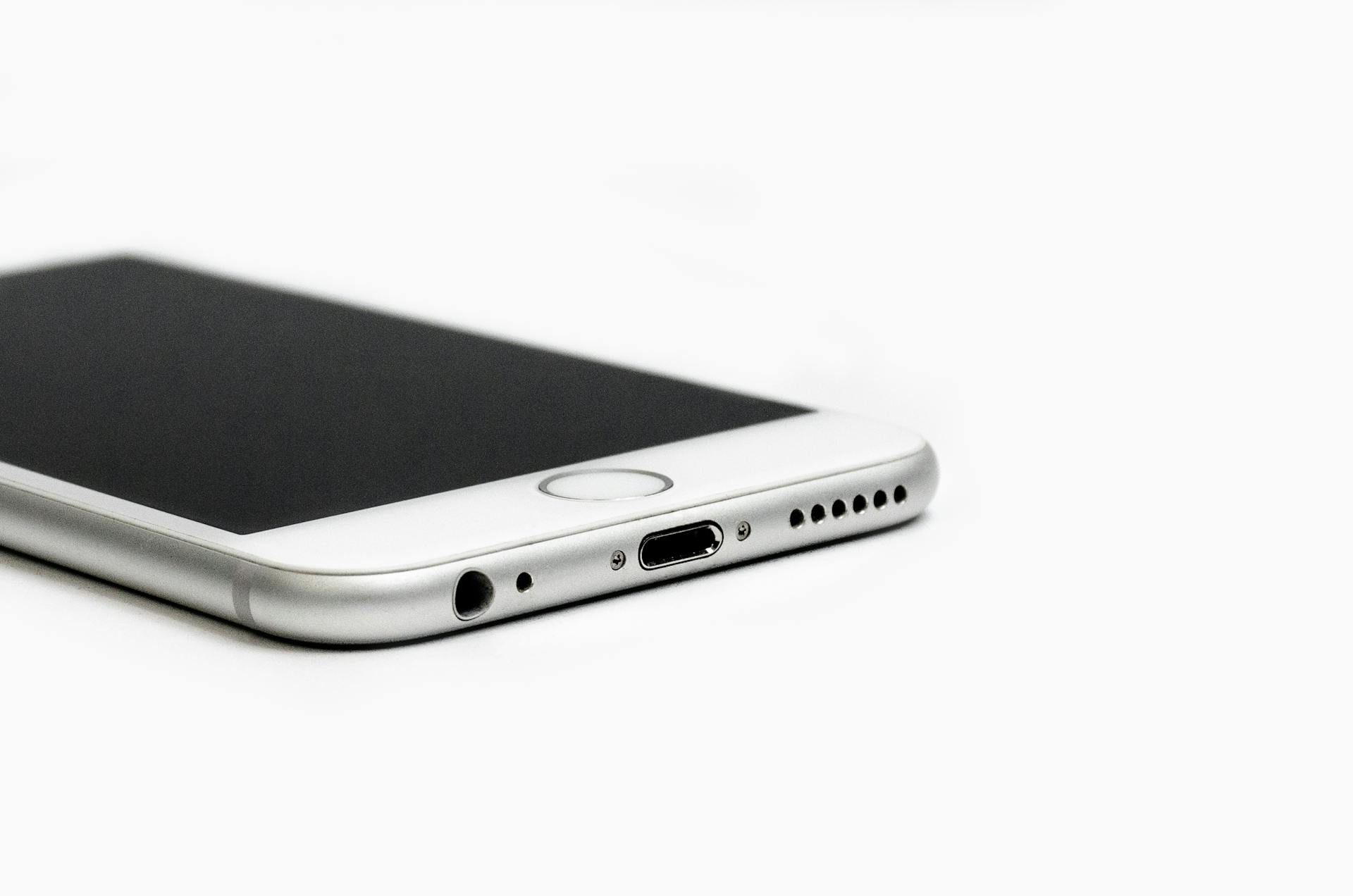
A cell phone | Source: Midjourney
“Raymond,” snapped a woman’s voice, sharp and angry. “I warned you! If you don’t get rid of her, I’ll tell everyone I’m pregnant with your child.”
My throat closed up. I knew that voice… it was Vera, my sister!
“I’m done waiting, Ray. This is your last warning. Tell her today, or else!”
Before I could scream or demand answers, the line went dead.

A woman holding a cell phone | Source: Midjourney
I stood there, frozen, the phone clutched so tightly in my hand that my knuckles turned white. Vera had always been the storm to my calm. Beautiful, reckless, and magnetic, she flitted through life, bringing chaos and charm in equal measure.
And now she was pregnant with my husband’s child. They’d been cheating on me… for how long?
A strange, detached instinct kicked in, like my body was operating on autopilot. My thumb hovered over the screen before I unlocked Raymond’s phone, the password I’d seen him type a thousand times burning in my mind.

A woman standing in a kitchen | Source: Midjourney
My fingers trembled as I scrolled through the messages. And there were dozens of texts, a thread of secrets I was never supposed to uncover.
Vera’s words were insistent, pleading: When are you going to tell her? I can’t keep doing this, Ray. She’s clueless.
Then Raymond’s careful, measured replies: I just need more time. I want to do this right. We can’t risk her finding out — it’ll ruin everything.
The bile rose in my throat as I pieced it together. They had a plan, and it was cold, and calculated.

A heartbroken woman | Source: Midjourney
They’d leave their marriages in such a way that nobody would suspect their affair. Vera was ready to leave Jack, and Raymond had been weighing how to drop me quietly and cleanly, ensuring his finances remained untouched.
She won’t get a penny, one of his messages read. I’ll make sure of it.
My knees buckled, and I slid to the kitchen floor.

A woman sitting on a floor | Source: Midjourney
The phone slipped from my grasp and clattered onto the tiles, but I didn’t care. I sat there, shaking, the weight of betrayal pressing down on me like a suffocating blanket.
Vera’s voice replayed in my head, layered over Raymond’s careful lies. The two people I trusted most in the world had conspired against me, trading whispers behind my back while I set the table for family dinners and kissed Raymond goodnight.
The betrayal didn’t just sting; it consumed me, a fiery, unrelenting ache that made my vision blur.

An emotional woman | Source: Midjourney
I pressed my hands to my face, trying to block it all out. But it was burned into my mind now. My husband and my sister were plotting my destruction.
For the first time in my life, I felt entirely untethered. But I wasn’t going to let them destroy my life. And I wouldn’t let Ethan suffer for their selfishness.
Anger fueled me, sharpening my focus as I grabbed my keys and headed straight for Vera’s husband’s office.

An office building | Source: Pexels
Jack was the kind of man who could turn chaos into order. He was everything Vera wasn’t: level-headed, meticulous, and about as far from impulsive as a person could get. If anyone could help me, it was Jack.
The office building was quiet. Jack’s secretary wasn’t even there yet; her desk sat empty as I marched past it, my sneakers squeaking against the polished floors.
My heart pounded in my chest as I reached his door and knocked harder than I intended.
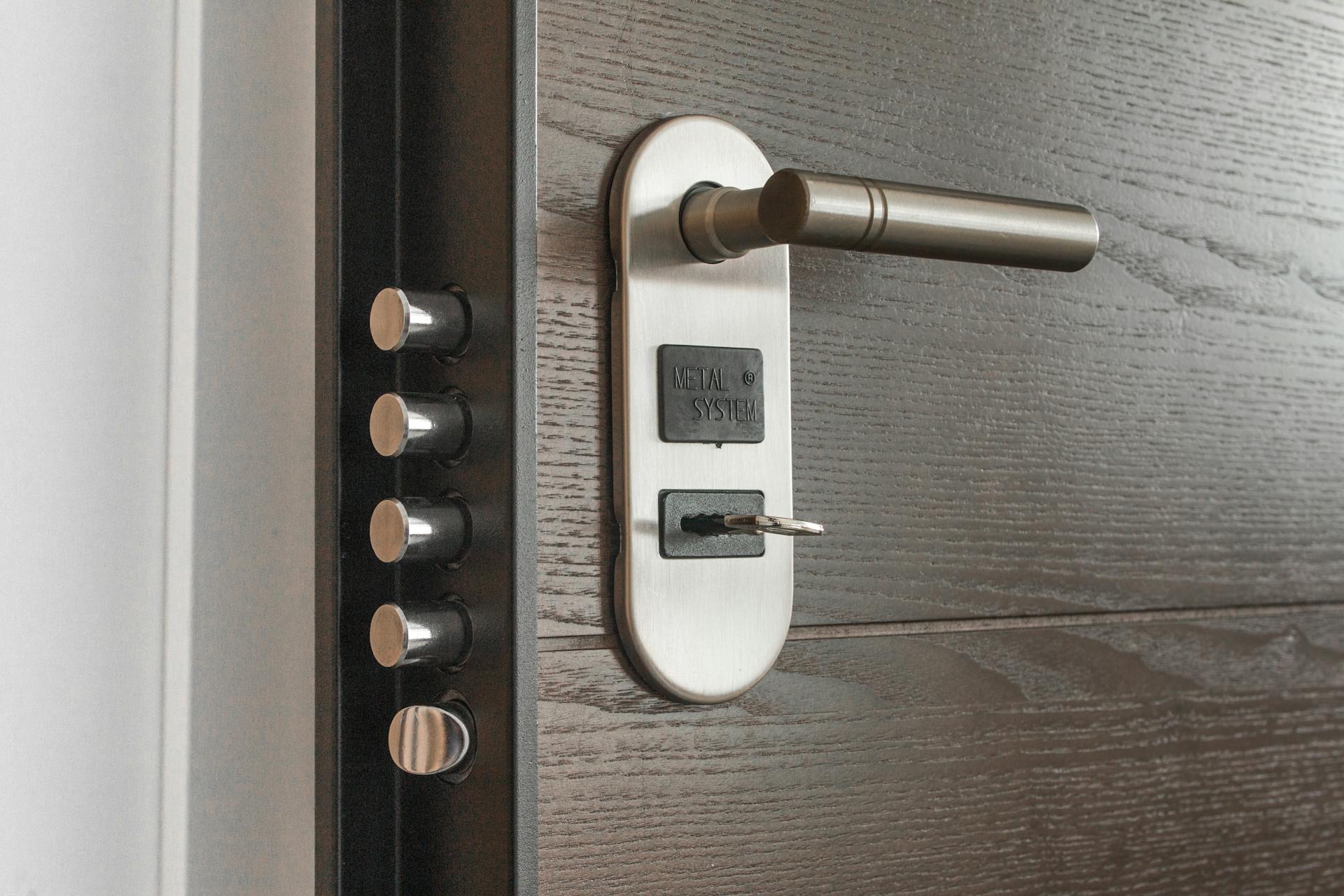
A door | Source: Pexels
“Come in,” Jack called, his deep, calm voice carrying through the door.
I stepped inside, and he looked up from his desk, his brow knitting in confusion when he saw me.
“Julianne?” He stood, concern flashing in his sharp, gray eyes. “What’s wrong? Did something happen?”
I didn’t bother with pleasantries. My hands trembled as I crossed the room and set Raymond’s phone on his desk.

A cell phone on a desk | Source: Pexels
“I have something important to tell you, Jack. It’s about Vera and…” I faltered, my voice catching. “You’ll need to see it for yourself.”
He gestured for me to sit, but I stayed standing. His gaze didn’t leave me as he picked up the phone and scrolled through the messages. With each swipe, his face darkened. His jaw tightened, and his grip on the phone grew rigid.
“Goddammit, Vera,” he muttered under his breath, his calm veneer cracking.

A stressed man | Source: Midjourney
He set the phone down with more force than necessary and pinched the bridge of his nose, exhaling slowly. I thought he might explode, but instead, he grabbed a notepad from his desk and flipped it open. His movements were precise and deliberate.
“We need a plan,” he said, his tone clipped and businesslike.
I blinked at him, startled by his composure. “You’re not… shocked? Hurt?”
“No, I’m furious,” he said, meeting my eyes.

A furious man | Source: Midjourney
His voice was calm, but there was a dangerous edge beneath it. “Vera’s always been mercurial, but this time she’s gone too far.”
He tapped his pen against the notepad, his jaw set. “I’m filing for divorce. And I’m going to help you do the same. With evidence like this, they don’t stand a chance.”
I sank into the chair across from him, my earlier fury replaced by something steadier.
“Jack,” I said, my voice soft. “Thank you.”

A grateful woman | Source: Midjourney
His lips pressed into a thin line as he began scribbling notes. “Don’t thank me yet. This is going to be messy. But they’ve left us no choice. We’ll have to move fast, even if it means I have to pull some strings. This is what we’re going to do…”
Jack continued taking notes as he outlined his plan. My resolve solidified as I took it all in. I was a little awed by how quickly he calculated each step, but mostly, I was relieved.
I wasn’t alone in this fight. Jack and I would make sure Vera and Raymond paid for their betrayal, and that neither of us would be left picking up the pieces alone.
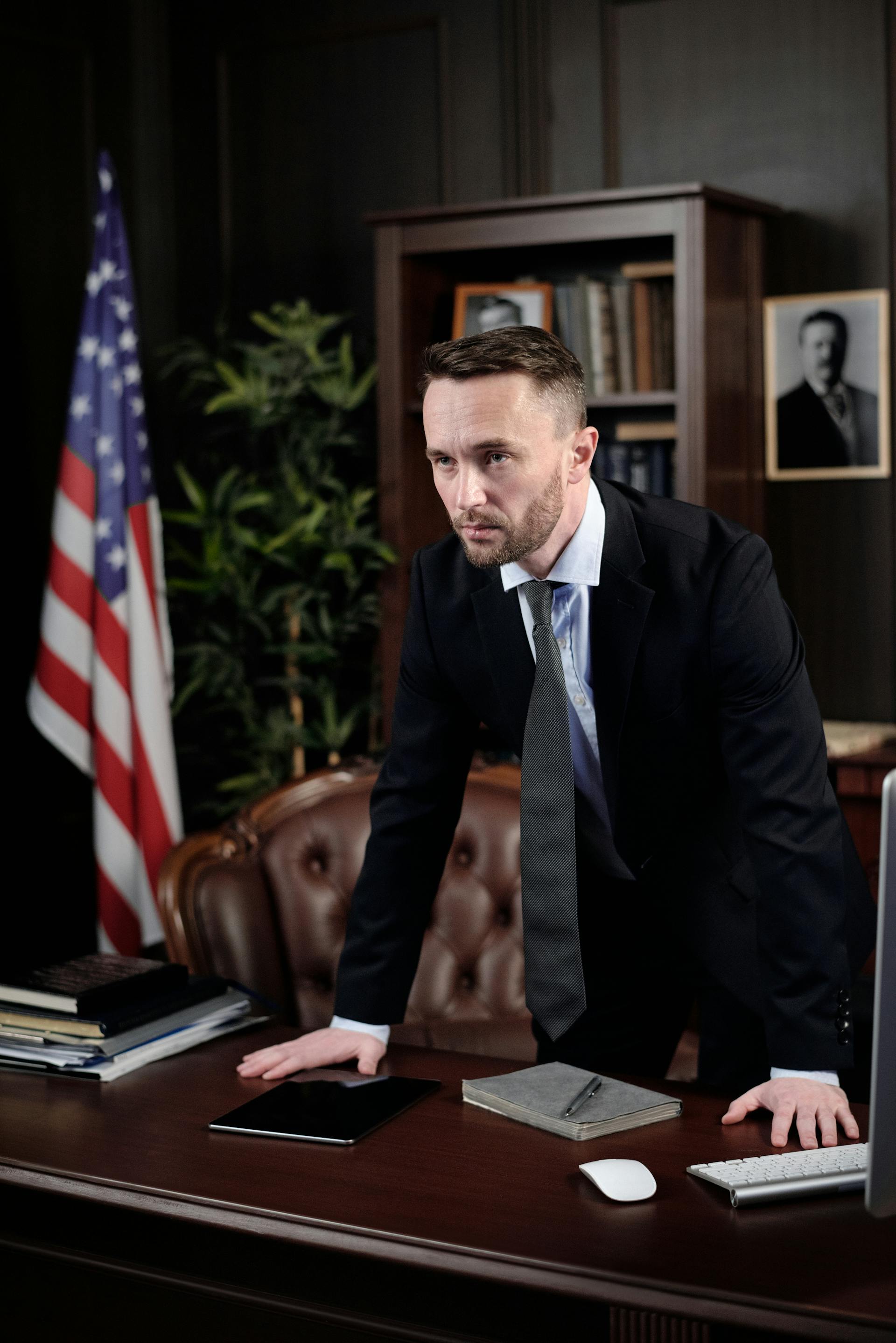
A lawyer in his office | Source: Midjourney
That evening, Vera and Jack joined Raymond and me for dinner. I’d texted Vera the invite the minute I got home. I’d then called Ray’s office to tell him he’d left his phone at home.
“Oh my God,” he muttered, a hint of panic in his voice. “Just… switch it off and put it in my nightstand drawer, okay?”
“Sure, honey,” I replied. “By the way, Jack and Vera will be joining us for dinner tonight. Could you pick up a bottle of wine on the way home?”

A woman speaking on her cell phone | Source: Midjourney
Next, I arranged for Ethan to sleep over at a friend’s house. By the time we sat down to dinner that evening, all the pieces of Jack’s plan were in place.
I poured a large glass of wine and set it down in front of Vera.
“Oh, no wine for me, Jules.” She pointedly stared at Raymond. “I’ve been feeling a little under the weather lately.”
“I guess that makes sense,” I replied. “The first trimester is rough and pregnant women aren’t supposed to drink, are they?”

Wine glasses on a table | Source: Pexels
Vera’s fork clattered against her plate, and Raymond’s hand tightened on the edge of the table.
“Oh, don’t act surprised,” I said. “I know about the affair, the baby, and your little plans to leave me with nothing.”
Jack, who had been waiting for his cue, produced two folders and rose from his seat.
“These are your divorce papers,” he said, slapping one folder down in front of Vera before placing the other in front of Ray. “And these are yours.”
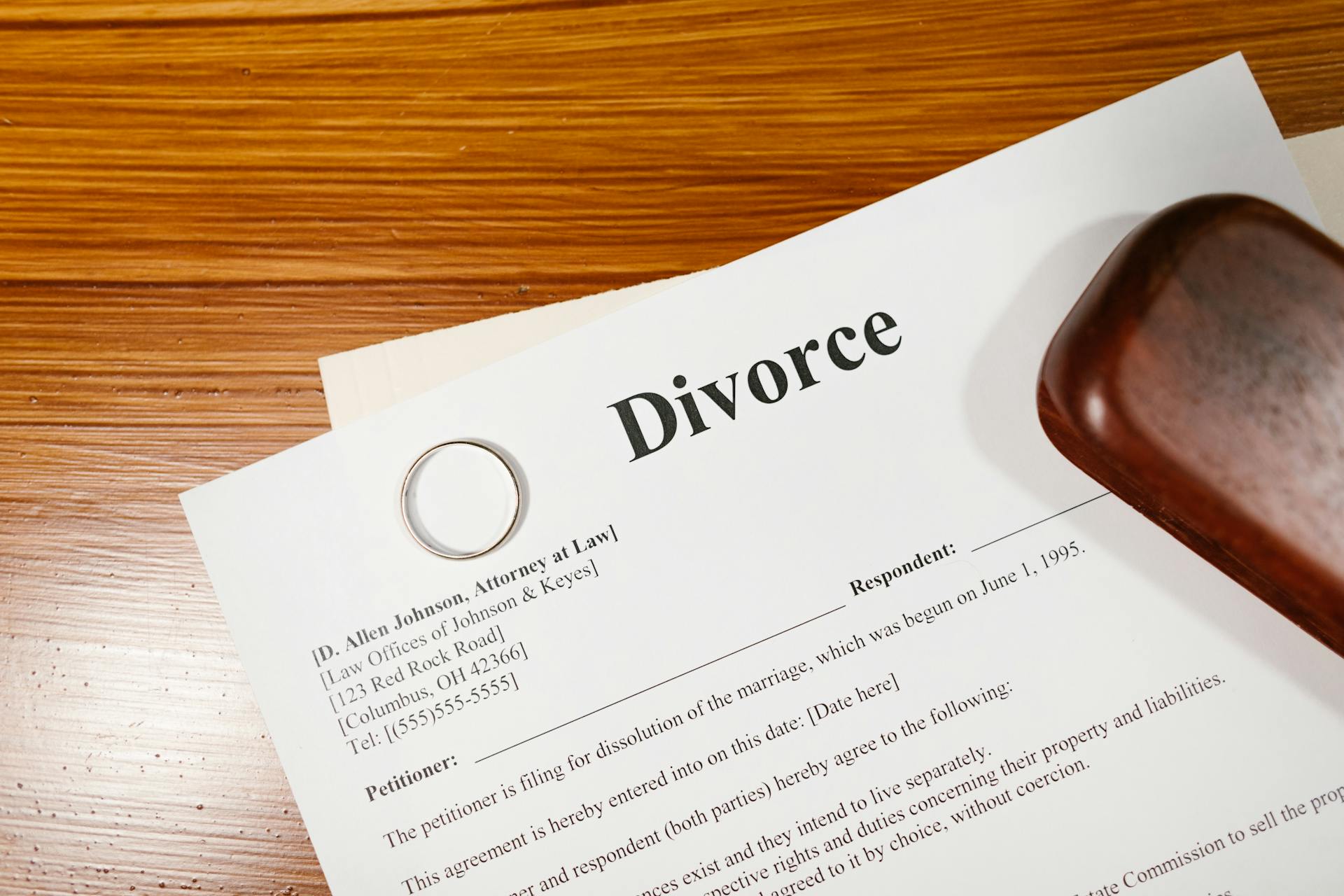
Divorce papers | Source: Pexels
Raymond turned to me, panic flooding his eyes. “Julianne, please…”
“You don’t get to talk!” I snapped, my voice trembling with rage. “You’ve destroyed everything, and for what? Her?”
Raymond looked at Vera, who was openly crying now, then back at me. He didn’t answer. He just stared at the table, defeated.

An emotional man | Source: Midjourney
In the weeks that followed, Jack and I worked like a team. He was relentless in court, helping me secure a settlement that ensured Ethan and I would be fine.
Raymond lost his assets, his reputation, and whatever shred of decency he thought he had left. Jack filed for full custody of his children, and Vera was left scrambling.
The scandal tore through our small town. Everyone knew what had happened, and neither Raymond nor Vera could walk into the grocery store without whispers trailing them.

People in a grocery store | Source: Pexels
One evening, as I watched Ethan play in the yard, I felt a strange sense of peace. My life wasn’t what I thought it was. It was messy, complicated, and painful. But it was mine, and I was free to shape it into something new.
Here’s another story: Mia’s thrilled when her unruly son, Jack, returns from a weekend at Grandma’s house as a model of discipline, but his strange transformation leaves her uneasy. Determined to uncover what happened, Mia’s questions lead her to a dangerous revelation.
This work is inspired by real events and people, but it has been fictionalized for creative purposes. Names, characters, and details have been changed to protect privacy and enhance the narrative. Any resemblance to actual persons, living or dead, or actual events is purely coincidental and not intended by the author.
The author and publisher make no claims to the accuracy of events or the portrayal of characters and are not liable for any misinterpretation. This story is provided “as is,” and any opinions expressed are those of the characters and do not reflect the views of the author or publisher.


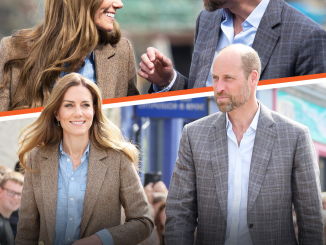
Leave a Reply